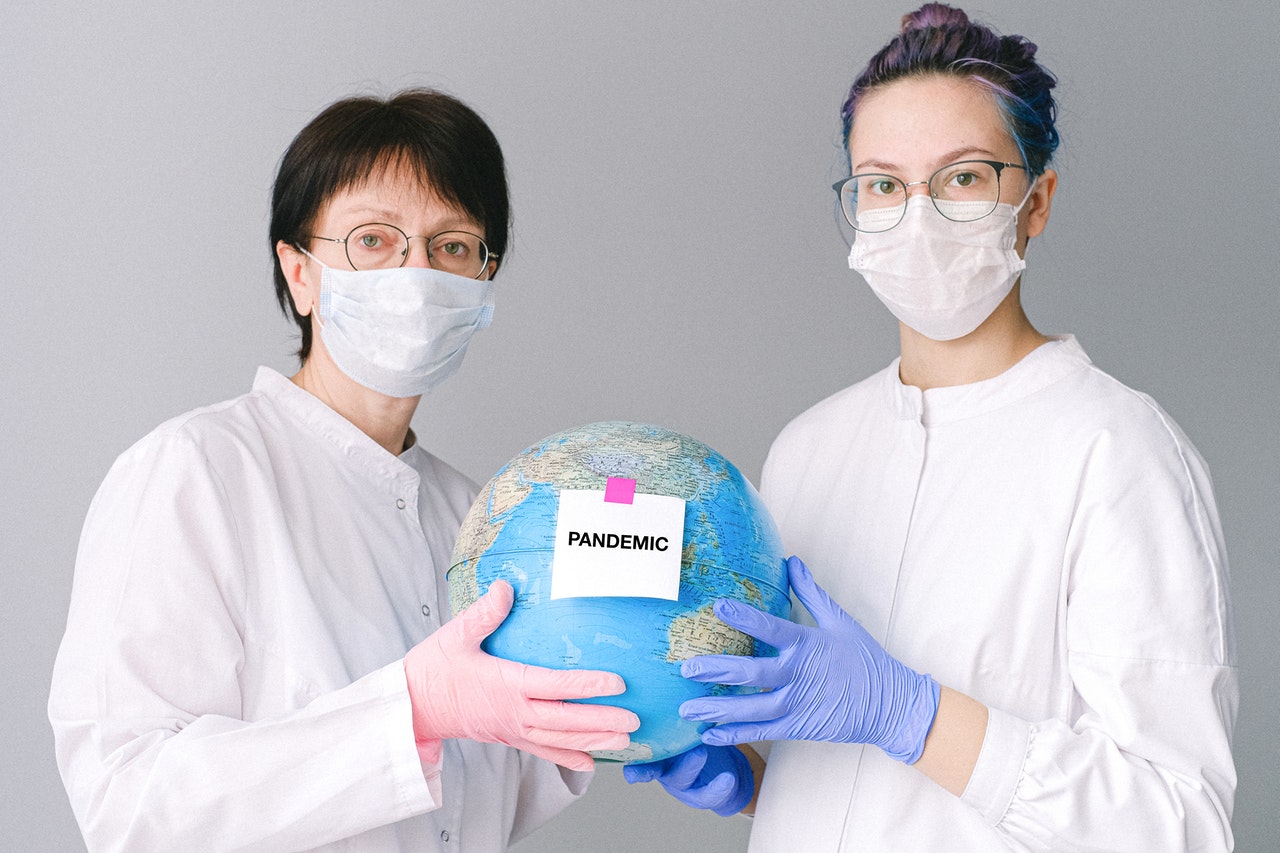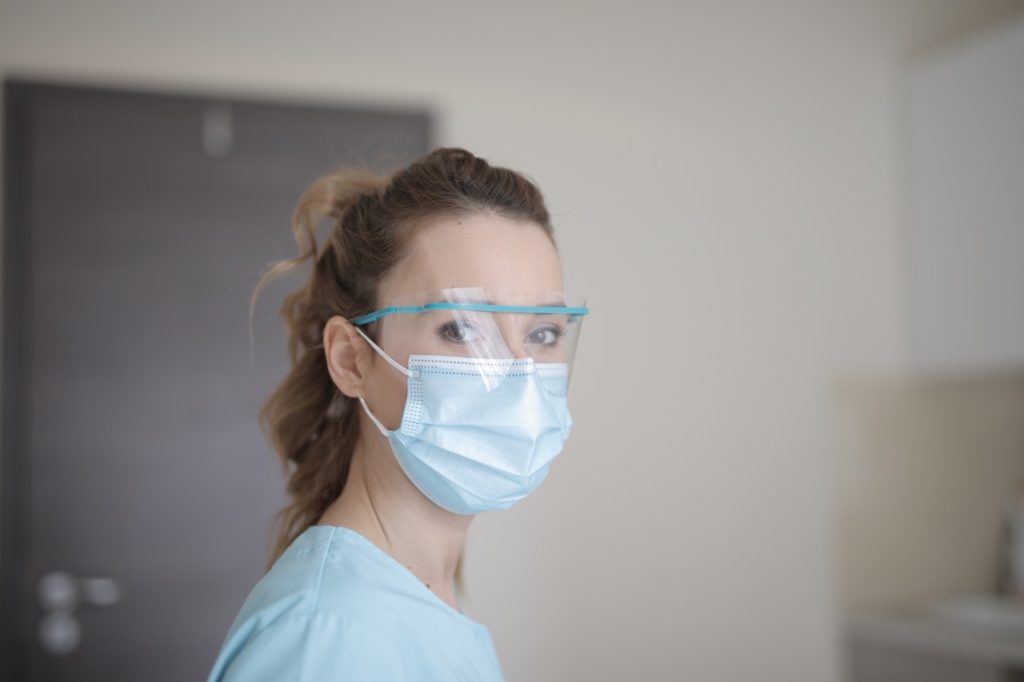No one would disagree when we say that COVID-19 is one of the biggest health threats that we’ve had to face in the last few years. But it’s an even bigger threat for some factions of the workforce, mostly composed of the frontline workers. As stated by the Center for Economic and Policy Research (CEPR), everyone who works in healthcare or social services is considered frontline workers. Those who work in public transit, groceries, and other similar stores, and cleaning services are also frontline workers.
These are the people who have been facing the threats of the disease when the rest of the world is at a standstill with the stay-at-home order enforced by the government. We can thank them in many ways, and the most productive way of doing so is offering hazard pay.
What Is Hazard Pay
As defined by the United States Department of Labor, hazard pay is additional pay for workers who continue to do their jobs despite the hazard that comes with it. It’s a staple in some of the most dangerous jobs in the world such as those in the military services, construction, and mining. But circumstances have changed. Manning a storefront during a pandemic is dangerous, just like working as an officer in the military.
Without proper hazard pay, workers are entitled to file for a personal injury claim if they are hurt while on the job. This way, they’d get to be properly compensated for the damage that was inflicted on their health.
We may not know this, but hazard pay is actually not included in the Fair Labor Standards Act (FLSA). The act sets the minimum wage that workers may earn from various jobs. It sets the standards for overtime pay that workers get and the number of hours that they may log. But the subject of hazard pay is not touched upon.
Because of this, hazard pay during the COVID-19 pandemic varied between states, towns and cities, and even companies.

Hazard Pay in the Time of COVID-19
At the height of the COVID-19 pandemic in the second and third quarter of 2020, there were some frontline workers who weren’t receiving hazard pay at all. Despite the challenges that they were facing when quarantine restrictions were being strictly enforced, they weren’t properly compensated.
The U.S. government did what they could, though, to ensure that hazard pay is reaching the deserving frontline workers. In April, a $200 billion hazard fund was passed by the House of Representatives. This was called the “Heroes Fund,” which was part of the HEROES Act proposed by House Democrats. Apart from that, many major corporations started offering increased hourly pay (however temporarily) and bonuses. Come September, the House Democrats updated the HEROES Act, which no longer included the Heroes Fund.
In light of this, states and local governments stepped up and offered hazard pay programs within their communities. The same went for the private sector.
The Benefits of Offering Hazard Pay
Of course, we’re all well aware of the benefits of receiving hazard pay. It gives workers that sense of comfort in knowing that they’re being properly compensated for taking extra risks by doing their jobs. They get to take home a higher income that would better support their families.
But we don’t often think that employers may benefit from offering hazard pay. By understanding these benefits, perhaps they’ll be encouraged to embrace the importance of hazard pay to their businesses as well.
For one, it would strengthen the relationship between employers and employees. In a time of a crisis, it’s crucial to maintain strong relationships, even with people that we work with. Through hazard pay, employers can cultivate a sense of trust with their employees, helping maintain and boost morale.
Fair hazard pay is also the companies’ way of helping out during the crisis. Through foundations, they can distribute food rations and other relief packs. They can fund various nonprofit organizations.
Hope has been ignited by the recent development of the COVID-19 vaccine. More people are going to work and resuming their day-to-day lives, but this doesn’t mean that the work of frontline workers is over. They’re still continuing to face the dangers of COVID-19. And for that, they deserve hazard pay.
